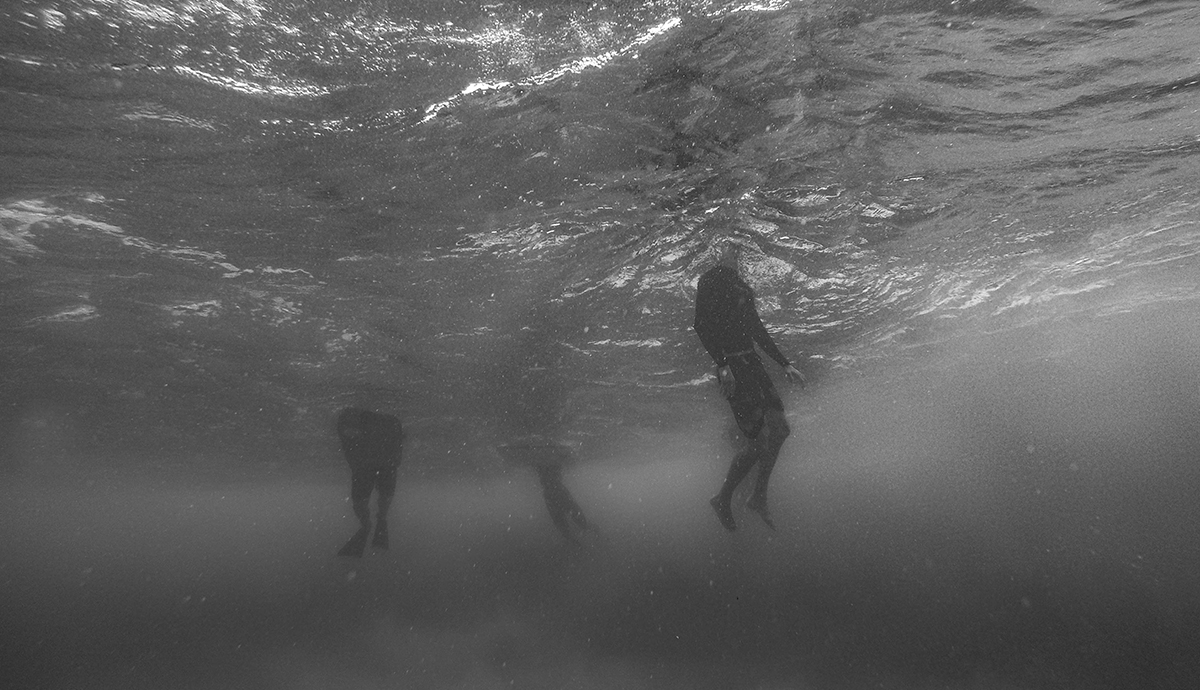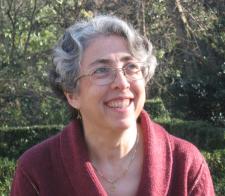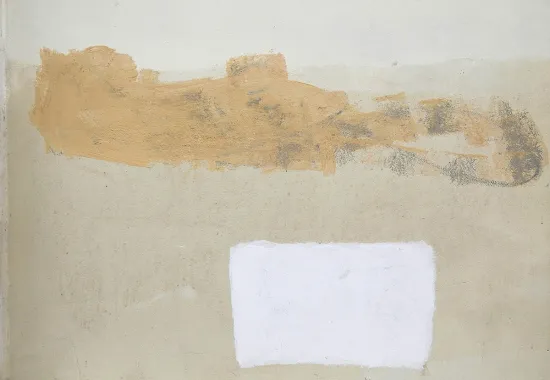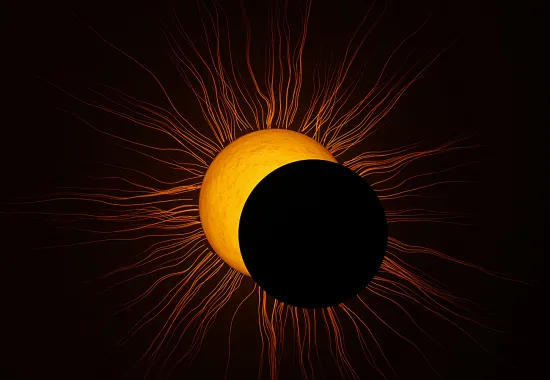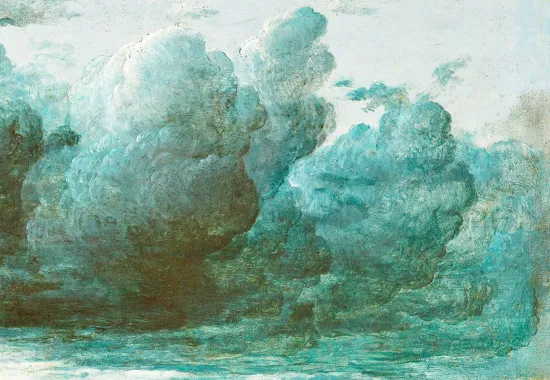On “I, Beast”

I wrote “I, Beast,” a poem honored by the North American Review, after reading a New York Times article in 2014, which explained that the soil in one particular Russian city had preserved ancient documents, some as mundane as a shopping list and a child’s fanciful drawing. The drawing was made in approximately 1260 by a boy named Onfirm, believed to be six to seven years old and includes the words, “I, beast,” as well as the creature that I describe in the poem. I’ve raised a boy, and I could easily imagine this drawing on my refrigerator. In the end, though, it was the beast’s voice and not the boy’s that wanted to inhabit the poem.
I don’t believe that I had any grander intention than that imaginative exercise as I wrote the poem. In all the places we lived when I was growing up, my mother took me to museums, where she tried to reproduce for me the childhood she’d had in New York City, rich in the art of the city’s museums and music though her family had little money. Visual images speak to me, and I am often drawn to ekphrastic poetry. But the art that catches my eye changes as my concerns change, and now I find myself looking at Wassily Kandinsky’s Improvisation No. 30, painted in 1913 when Europe was moving toward war. He only wanted to paint abstract forms and colors that he believed would evoke the deepest spiritual feelings in his audience, but superimposed on the abstractions in this painting are cannons, city towers that seem to be tilting toward the ground, and a crowd of distraught citizens. He couldn’t paint at all without painting the imminence of war.
Rereading “I, Beast,” I wonder what beasts are now roaming our roads and entering our hearts. For the past several months, I have rarely been able to write a poem that doesn’t speak to this moment that we are living in our country and in the wider world. It is not new for me to write about social and political issues, but it’s new to feel incapable of writing about anything else. And of course I am not alone: the readings and critique circles I attend are filled with poems of mourning and resistance.
To what end? Poetry already has a small audience in this country, and most of us probably vote the same way. Those who don’t already agree with us are unlikely to experience a “Saul on the road to Damascus” moment because of a poem I write. I’ve heard several discouraged writers quote Auden’s elegy for Yeats, “For poetry makes nothing happen.” But often-quoted lines are often taken out of context, and Auden himself kept writing, as Yeats did as well though he suffered many defeats, both personal and political. At the formalist end of the poem, Auden calls on us to continue:
Follow, poet, follow right
To the bottom of the night,
With your unconstraining voice
Still persuade us to rejoice;
With the farming of a verse
Make a vineyard of the curse,
Sing of human unsuccess
In a rapture of distress;
In the deserts of the heart
Let the healing fountain start,
In the prison of his days
Teach the free man how to praise.
These are lines I need to reread and think about. Auden asks us to write in a voice that doesn’t constrain but persuades, and not just to mourn but to rejoice in what remains, to heal, to rediscover what freedom is. The call is not just to resist, but to reach out to those who disagree with us, and to remind us of what we are fighting for. It is essential to refuse injustice, but it is not enough: we need to remember what justice looks like. Poetry is not enough, either, but it is one of the necessary responses to the threats we face.
So I hope that, along with writing my grief and my anger and my refusal, I will find a way back to hearing children’s voices, and imagining the voices that I cannot hear. We cannot write always in fear and dread. The beast in my poem is a lonely one; he is afraid of losing what is both his burden and his light on the road. He is a little boy in a monster costume. He is my son, and the children who will be born in the coming years. He is the lonely, fearful darkness inside all of us, which perhaps we can lighten with our poems.
Recommended
Mercy
Eclipsing
Psychic Numbing


